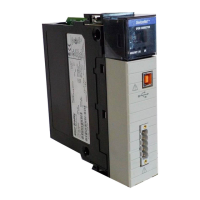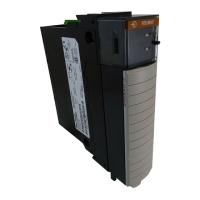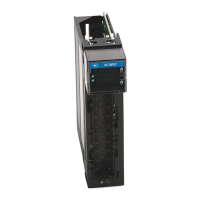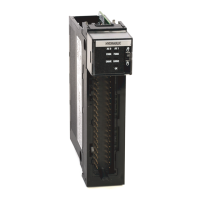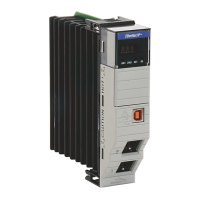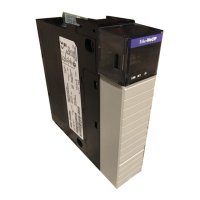Publication 1756-UM514B-EN-P - February 2003
3-20 Using Programming Software in DH+ Applications
Defining Connection Paths
You may have to configure a connection path when configuring
controller-to-controller communication or workstation-to-controller
communication. The connection path starts with the controller or the
communications card in the workstation.
The following steps construct a communication path:
1. Separate the number or address entered in each step with a
comma. All numbers are in decimal by default. You can enter
any number, other than an Ethernet IP address, in another base
by using the IEC-1131 prefix (8#
for octal, 16# for hexadecimal).
Ethernet IP addresses are always decimal numbers separated
by
periods.
2. To construct the path, you enter one or more path segments that
lead to the controller. Each path segment takes you from one
module to another module over the ControlBus backplane or
over a DH+, ControlNet, or Ethernet networks.
You can have a maximum of 8 paths leading to the controller.
Each path segment contains two numbers: x,y
Where:
If you have multiple path segments, you must also separate each path
segment with a comma (,).
This Is
x number of the type of port you use to exit from the module you
are at:
0 DH+ port from a KT card
1 backplane from any 1756 module
2 RS232 port from a 1756-L1 controller
2 ControlNet port from a KTC card or a 1756-CNB module
2 Ethernet port from a 1756-ENET module
2 DH+ port over channel A from a 1756-DHRIO module
3 DH+ port over channel B from a 1756-DHRIO module
, separates the first number and second number of the path
segment
y address of the module you are going to
For Address means:
ControlBus backplane slot number (0-16 decimal)
DF1 network station address (0-254)
ControlNet network node number (1-99 decimal)
DH+ network node number (0-77 octal)
Ethernet network IP address (four decimal numbers
separated by periods)
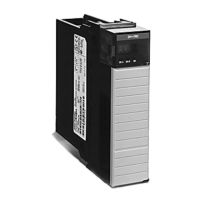
